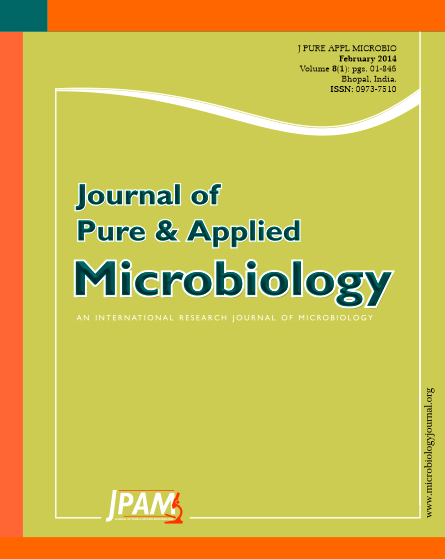The objectives of this study were to determine antibiotic resistance of E.coli isolates and evaluate probable relationship between multidrug-resistance patterns and clinical specimens. In this study, 500 E.coli isolates obtained from different clinical specimens were collected from a research and private hospital in Turkey, during two years. Antibiotic resistance tests were performed by automated system. Results were available for E.coli isolates that had been tested against fourteen selected antimicrobial agents. Of these isolates 37.2% were resistant to three or more agents and considered as multidrug-resistant (MDR). Resistance rates for MDR E.coli isolates against cefazolin, ampicillin-clavulanate, ceftriaxone, ceftazidime, trimethoprim-sulfamethoxazole, ciprofloxacin, tobramycin and levofloxacin were 80.6%, 76.3%, 72.6%, 72%, 62.9%, 61.8% and 60.8% respectively. Surprisingly MDR was higher among wound isolates than the other clinical specimens. The phenotypes among MDR E.coli isolated from wound included resistance to all antimicrobial agent except for amikasin and imipenem. This was the common phenotype observed to be higher among surgery wards than others wards. This is the first report showing definitive relationship between MDR rates and wound samples in Turkey. These findings showed a need for regular monitoring of antimicrobial drug resistance and preventing inappropriate use of antibiotics by the patients applied to private hospitals.
Escherichia coli, multidrug-resistance, surgical wound
© The Author(s) 2014. Open Access. This article is distributed under the terms of the Creative Commons Attribution 4.0 International License which permits unrestricted use, sharing, distribution, and reproduction in any medium, provided you give appropriate credit to the original author(s) and the source, provide a link to the Creative Commons license, and indicate if changes were made.


